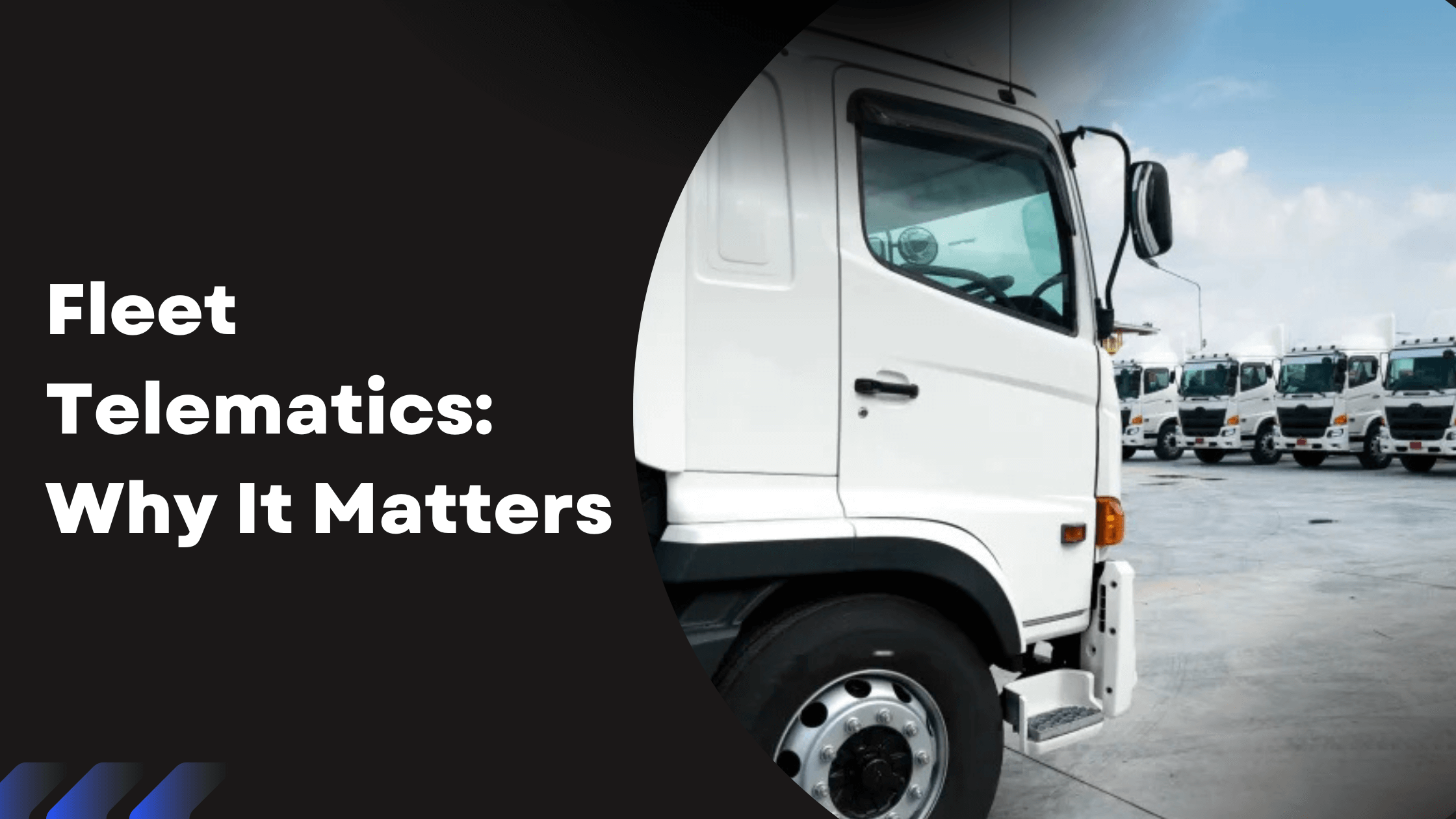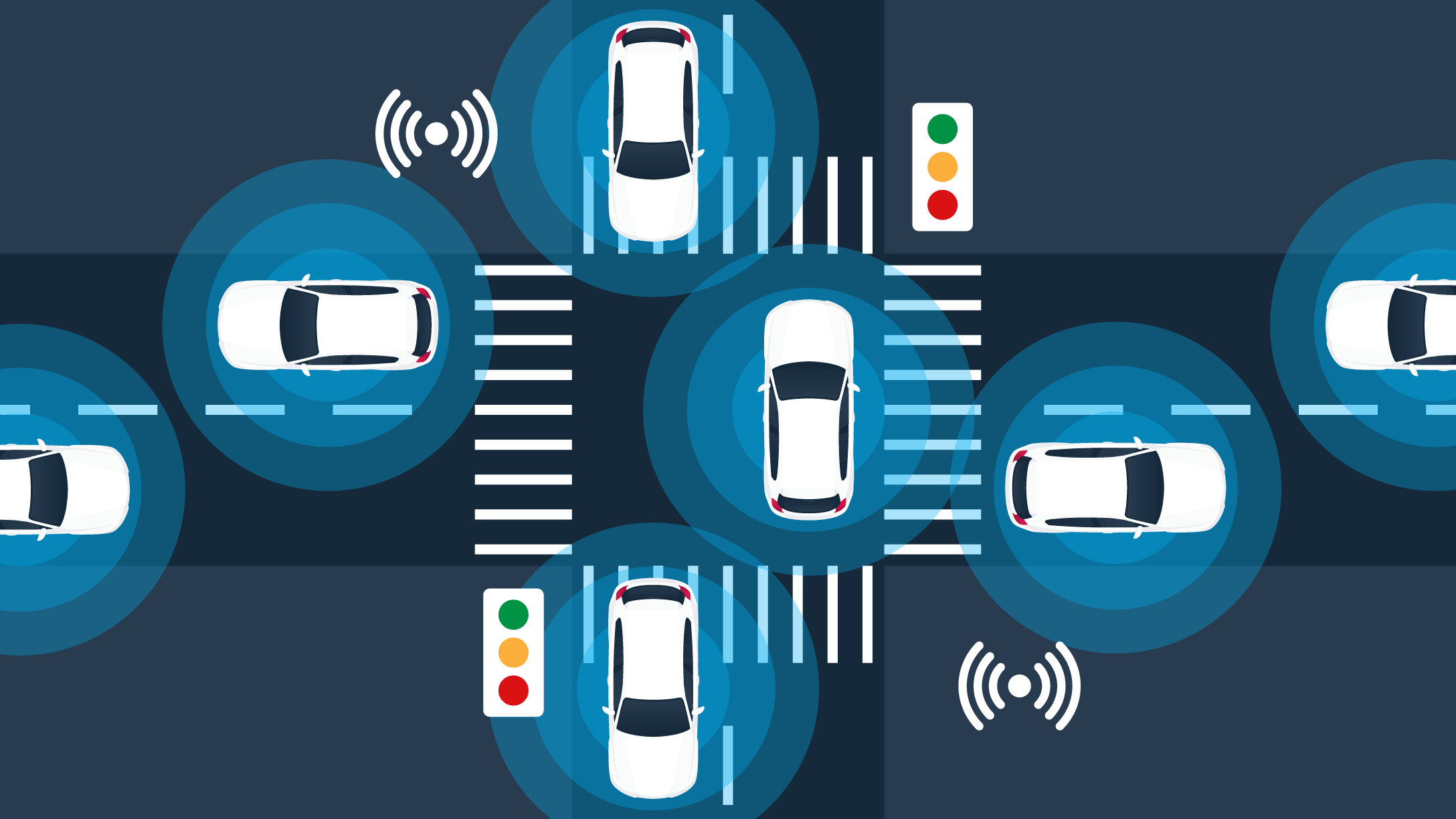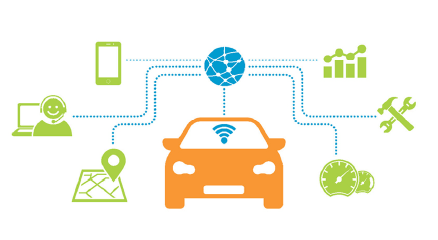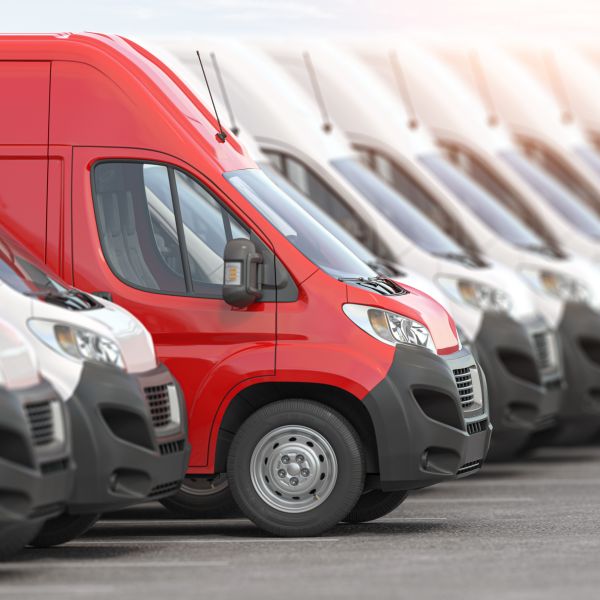What is fleet telematics and why does it matter in 2025?
Jun 8, 2025 Resolute Dynamics

By 2025, transportation has leveled up—smarter, quicker, and wired like never before. Driving this shift is fleet telematics. If you manage vehicles, run deliveries, or focus on driver safety, you’ve likely come across the term. But what exactly is it—and why is it grabbing headlines now?
Let’s break it down in simple terms.
✅Key Takeaway:
Fleet telematics in 2025 isn’t just dots on a map anymore—it’s a sharp, AI-driven system that hands fleet operators live updates on everything from engine health to driver habits. By linking GPS, sensor data, computer vision, and forward-looking analytics, it helps companies cut expenses, avoid roadside troubles, raise safety standards, and meet international regulations. For any business that runs on wheels, tapping into this tech isn’t a luxury—it’s the new baseline for staying sharp and ahead of the curve.
Navigating the Future of Fleet Management
Fleet telematics is reshaping how we operate vehicles. With AI-driven systems, smart sensors, and always-connected networks, transport isn’t just faster—it’s safer and sharper. It’s a shift from guesswork to real-time control over how people and goods move.
Bottom line—fleet telematics isn’t a luxury anymore. If you’re running vehicles and want to stay competitive, it’s a tool you simply can’t skip.
What is Fleet Telematics?

Fleet telematics blends telecom and data tech to help you track, monitor, and manage vehicles digitally. It links each one to a central hub in real time—so you get a live feed of what’s going on inside the cab and out on the road.
Telematics acts like a vehicle’s digital nervous system. It pulls data from sensors inside the ride—like the engine control unit, GPS, and OBD-II port. That info travels through cellular or satellite signals and lands on the fleet manager’s dashboard, ready to be turned into real-world decisions.
From there, fleet managers can see:
-
Where a vehicle is
-
How fast it’s going
-
How safely it’s being driven
-
If there’s a mechanical issue coming up
-
And much more
This is how companies are transforming their fleets from traditional operations to smart, connected, and automated ecosystems.
Core Components of Fleet Telematics
Here’s a deeper look at the key technologies involved:
1. GPS Tracking
At the heart of telematics is the global positioning system (GPS) technology. This allows companies to know exactly where every vehicle is, in real time. It helps optimize delivery routes, avoid traffic delays, and respond faster to emergencies or schedule changes.
2. Vehicle Diagnostics (OBD-II/CAN Bus Integration)
Modern vehicles have computers that monitor everything—from engine temperature to fuel injection. Telematics systems tap into the CAN bus (Controller Area Network) to gather performance data like:
-
Fuel efficiency
-
Battery health
-
Engine fault codes
-
Tire pressure
This helps predict breakdowns before they happen and reduces unscheduled downtime.
3. Driver Behavior Analytics
Telematics can also measure how the driver operates the vehicle. It looks at things like:
-
Hard braking
-
Fast acceleration
-
Cornering speed
-
Seatbelt use
-
Idling time
This data is used to create driver scorecards or risk profiles, helping companies coach safer driving habits and reduce accidents.
4. Real-Time Alerts and Notifications
If something goes sideways—say a crash, sharp swerve, or engine warning—the system fires off an alert instantly. Fleet managers get the heads-up through text, app ping, or email, so they can act fast before things spiral.
In some systems, like those from Resolute Dynamics, the platform even recommends corrective actions based on AI predictions.
From Data to Decision: Why It’s Like a Smart Assistant
A vehicle without telematics is like a phone without the internet—limited and outdated.
But with telematics, each vehicle becomes a smart device on wheels. It constantly gathers and sends information, allowing the business to:
-
Improve efficiency
-
Boost safety
-
Lower fuel costs
-
Ensure compliance with local and global transport laws
And with modern platforms powered by AI and machine learning, these systems can now predict what might go wrong before it does.
Related Concepts to Understand
To understand telematics fully, it helps to know how it connects with other technologies:
| Term | Description |
|---|---|
| IoT (Internet of Things) | Telematics is a branch of IoT, where vehicles become smart objects connected to the internet. |
| V2X Communication | Vehicle-to-Everything, meaning vehicles can communicate with traffic lights, roads, and other vehicles. |
| Geofencing | Setting up digital boundaries that alert managers when a vehicle enters or leaves a specific area. |
| Edge Computing | Some data is processed locally in the vehicle before being sent to the cloud, reducing delay. |
| 5G Connectivity | With faster mobile internet, telematics data is now shared in near real-time, even in dense cities. |
Real-Life Analogy
Picture running a pizza delivery biz without telematics. You’re flying blind—no clue if a driver’s delayed, burning fuel, or on schedule. With telematics, it’s all there: location, fuel use, driving habits, even engine alerts. It’s like having x-ray vision for your fleet.
Now scale that up to 500 vehicles, or 5,000. That’s the real power of fleet telematics in 2025.
The Technology Behind Fleet Telematics

Fleet telematics has come a long way—it’s no longer just about location tracking. In 2025, it’s a full-blown tech network, linking systems to boost safety, sharpen efficiency, and give fleet managers smarter tools than ever before.
Having watched this tech grow firsthand, I’ve seen it turn into a blend of AI, machine learning, real-time data, and cloud systems. It’s no longer just about tracking trucks—it’s about understanding what they’re doing now and spotting issues before they even pop up.
Let’s take a closer look at the tech that powers today’s telematics systems.
AI and Predictive Analytics
This is the brain of your fleet telematics system. Artificial Intelligence isn’t just for science fiction anymore—it’s working quietly in the background of your vehicle dashboards, analyzing patterns from millions of data points.
Here’s how it helps:
-
Predicts mechanical failures before they happen (like brake issues or engine overheating)
-
Identifies risky driver behaviors like drowsiness, sudden swerving, or tailgating
-
Recommends safer or faster routes based on past traffic data, weather, and driving style
This kind of predictive maintenance saves money, keeps vehicles on the road longer, and prevents dangerous accidents.
And it’s not just data—it’s actionable insight. Systems powered by AI learn over time, becoming more accurate the more they see.
Vision Systems and Smart Sensors
Now, let’s talk about how the system sees the world.
Fleet telematics today uses computer vision and environmental sensing to interpret real-world conditions, just like a human driver would—but faster and more precisely.
These include:
-
Camera-based ADAS reads road signs, spots lane drifting, and picks up pedestrians before things get dicey.
-
Driver monitoring systems watch facial cues and eye movement to catch signs of zoning out or tiredness early.
-
Proximity sensors and LIDAR to measure distance from other vehicles or objects
It’s like giving your vehicle a pair of smart eyes and ears. These systems work in real time and feed their data back to the central fleet platform.
Resolute Dynamics, for example, uses AI-powered vision modules under their “Capture” system to monitor both the road and the driver simultaneously. This allows fleets to respond instantly to risky conditions.
Real-Time Data Flow and Edge Connectivity
All this data—from sensors, cameras, the engine, and the GPS—is pretty useless unless it gets to the right place at the right time. That’s where real-time data transmission and cloud platforms come in.
Here’s how the data moves:
-
Information is first processed at the edge (inside the vehicle’s telematics control unit) for quick decisions
-
Then, it’s streamed to the cloud via 5G or LTE networks
-
Fleet managers access it on their dashboard with live alerts, interactive maps, and historical reports
In high-performance systems like those from Resolute Dynamics, low-latency communication ensures that decisions happen in milliseconds. If a driver is about to crash, the system can warn them—or even apply emergency braking.
This infrastructure creates a closed feedback loop:
-
Sensors collect data
-
AI analyzes it instantly
-
Fleet managers or vehicle systems respond accordingly
-
Data is stored for compliance, insurance, and analysis
The Capture–Connect–Control Model (Resolute Dynamics)
Let’s pull it all together using Resolute Dynamics’ framework. Their platform is built around three key pillars:
-
Capture – This is where vision systems and sensors gather environmental and driver data.
-
Connect – This part manages real-time communication using cellular and IoT technologies. It turns vehicles into part of a connected mobility network.
-
Control – Finally, the system helps enforce rules automatically, such as speed limits, geofencing boundaries, or safety protocols.
What I like about this model is that it’s not just about watching—it’s about acting. You’re not just seeing risk. You’re preventing it.
Final Thought: More Than Tracking
So, the next time you hear “fleet telematics,” don’t just think of a dot on a map. Think of a living system—watching, thinking, and responding—keeping your people safe, reducing costs, and helping your business grow.
This is what separates legacy fleet management from next-generation smart mobility systems. And in 2025, that’s the difference between falling behind and leading the road ahead.
Key Benefits for Fleet Operators

If you run a fleet, here’s what telematics does for you:
-
Improves driver safety – Get alerts for speeding, sharp turns, or drowsy driving.
-
Reduces fuel use – Analyze routes and habits to find smarter, cheaper ways to drive.
-
Predicts maintenance – Stop guessing and start fixing things before they break.
-
Tracks compliance – Stay on top of road laws, vehicle inspections, and safety standards.
Every part of the fleet becomes part of a smarter system. And that makes your job easier.
Real-World Use Cases in 2025
Telematics isn’t just for big trucking companies. In 2025, it’s everywhere:
-
Urban fleets use it to make fast deliveries while avoiding traffic jams.
-
Construction companies use it to track heavy machines on job sites.
-
Public transit systems use it to improve routes and reduce accidents.
With over 200,000 connected vehicles worldwide, Resolute Dynamics has helped companies across the UAE, India, and Southeast Asia stay safe and competitive.
How Resolute Dynamics Leads the Way
Resolute Dynamics brings something unique to the table. Their Capture-Connect-Control system gives you:
-
AI that sees road signs and obstacles in real time
-
Live data from every vehicle, no matter the location
-
Intelligent control over speed, fuel use, and behavior
It’s like upgrading your entire fleet with a brain, a voice, and a plan.
What’s Next for Fleet Telematics?
Looking ahead, fleet telematics is only getting better. Here’s what’s coming:
-
5G connectivity for lightning-fast data sharing
-
Fully autonomous fleets powered by AI
-
Integrated sustainability features to cut emissions and save fuel
-
Smart city integration, where vehicles talk to traffic lights, weather systems, and each other
Telematics will play a major role in how we build smarter, cleaner cities.
Conclusion: The Tipping Point is Now
Fleet telematics in 2025 isn’t just about knowing where your trucks are. It’s about knowing everything—how they move, how safe they are, how to improve every part of the journey.
This is the year when smart transportation becomes the new normal. And companies that use systems like Resolute Dynamics’ will lead the way into a safer, more efficient future.